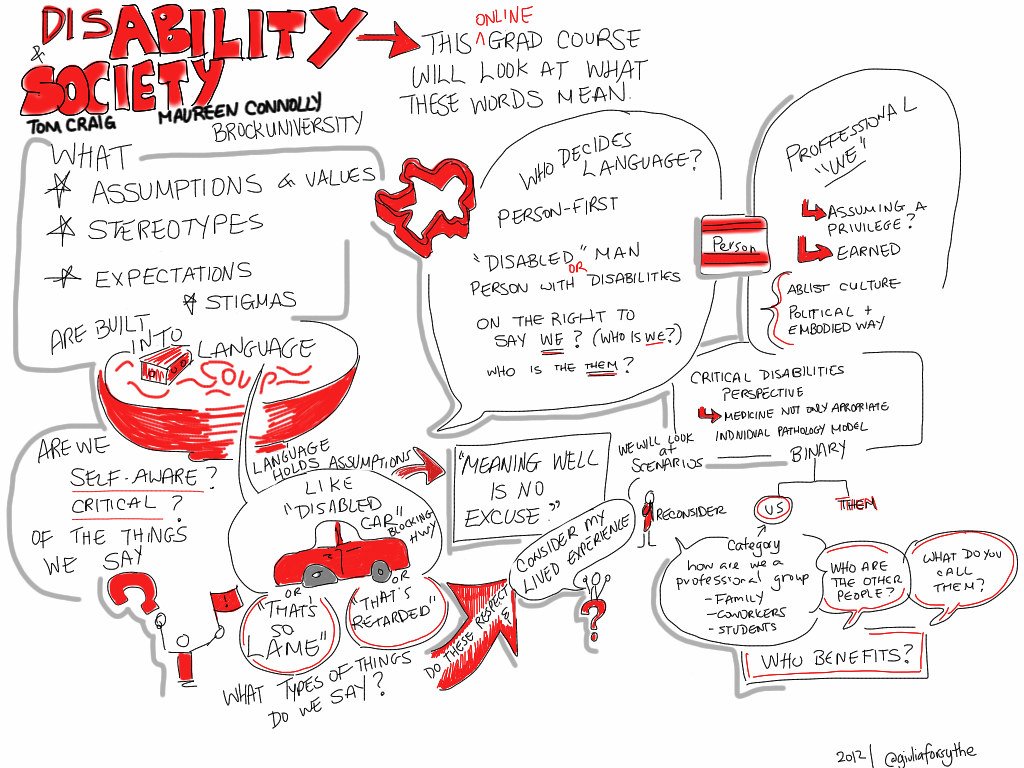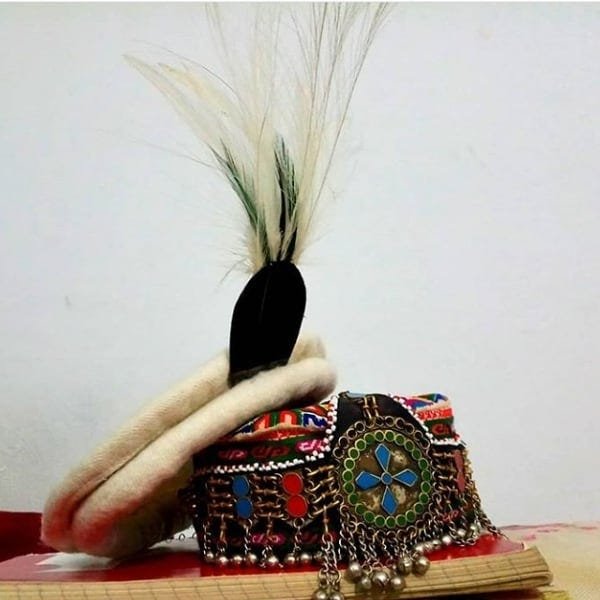We saw this LinkedIn Post about how people are said to be uncomfortable with disability. Rivera’s post and what was written in it reflected, if not all, the lives of disabled people in Gilgit Baltistan, Pakistan, and the World. Social media has not shown the difficulties of disabled people as it should.
Ableist Clickbaiting versus Disableist Seeking Rights?
We have often had to implement specific social media marketing tactics that were not our choice but society’s demands. Though we can not say that content creators do not have a right to clickbait, in our context, so much clickbait reinforces stereotypes that do not represent us.
The Psychology behind Conformity informs us that people, whether in Rome, Islamabad, or Gilgit, have been forced to think that disabled people can not do anything, can not achieve anything and are a burden on society ( which is very untrue) home.
Just because the Goodwill team reports on facts rather than distorted facts, it somehow gets lost in the Worldwide Web, which should not be the case. To put it simply, in an ideal world, content creators should be discussing these issues rather than fashion
Conclusion
Real-life issues should be discussed on social media, including Persons with Disablities. Much of the content on our website will come last, as much of the social media is clickbait. The issues discussed here are significant and foremost, as they dictate people’s livelihoods and opportunities within a society. People should view the stories as a glimpse of what reality means for disabled people of Gilgit Baltistan and other countries that our stories cover.
By putting fashion icons first, it seems that humans do not want to converse with disabled people on how an ableist has impacted their lives:
- Environment
- Culture
- Language
- The Social Make-up of Society



